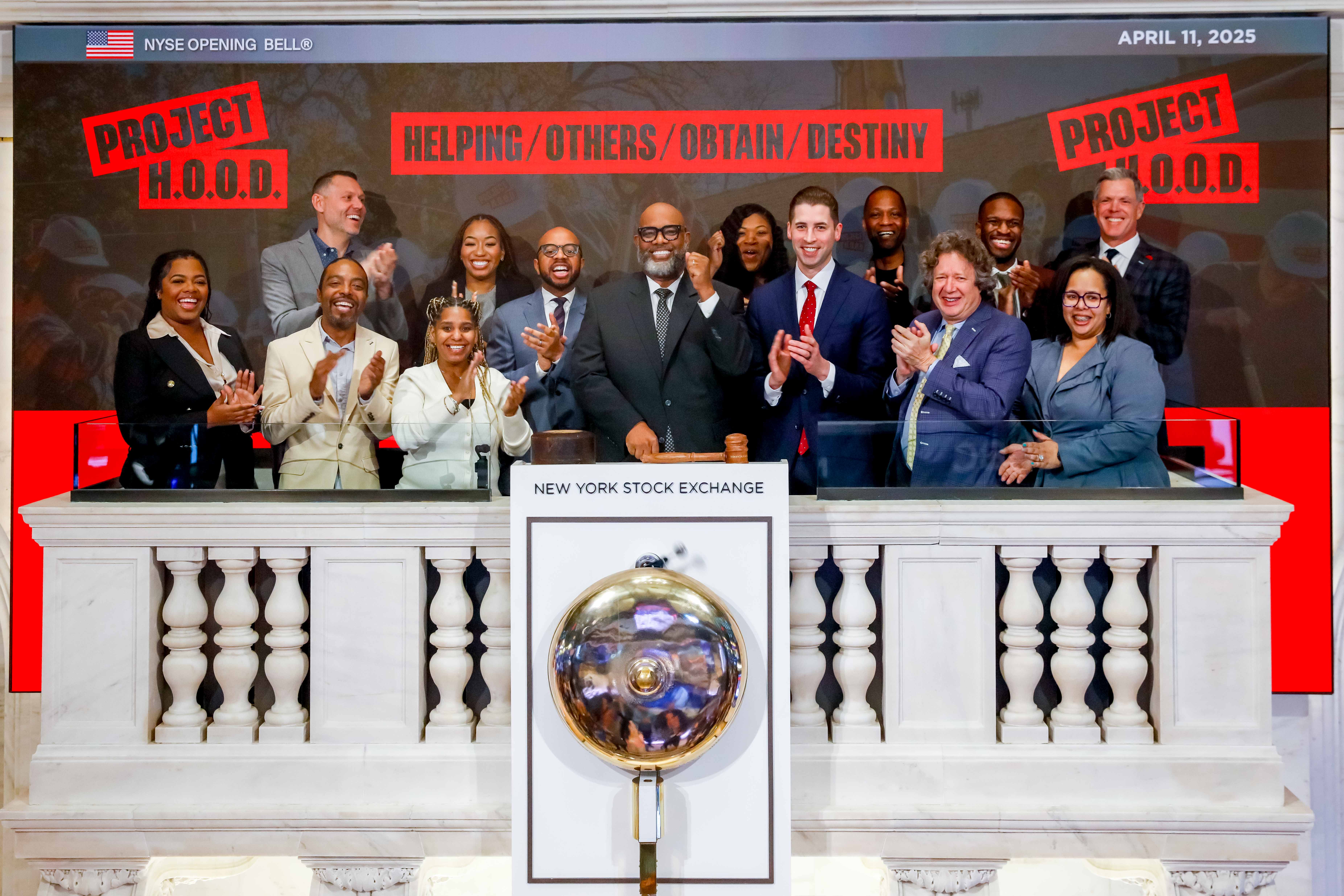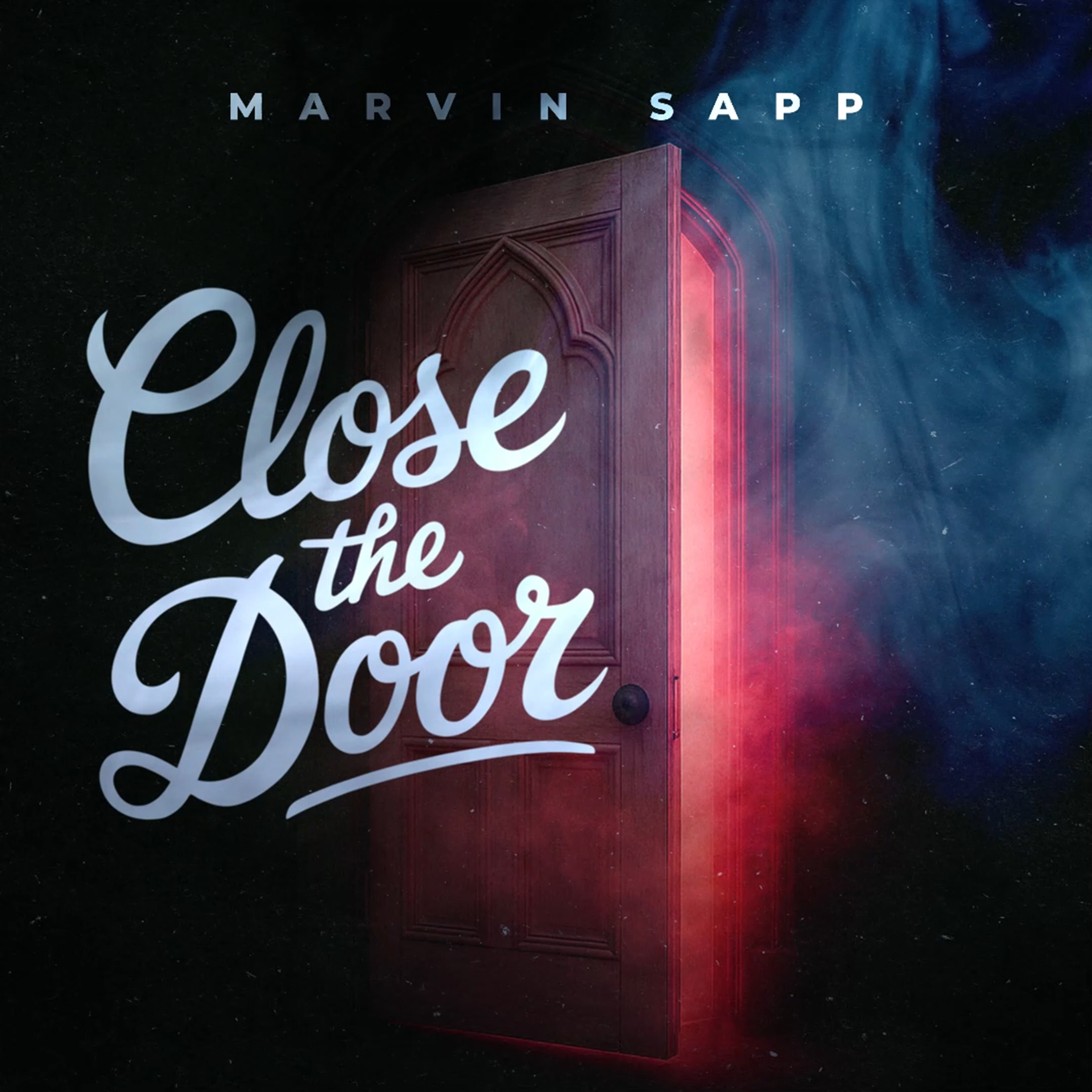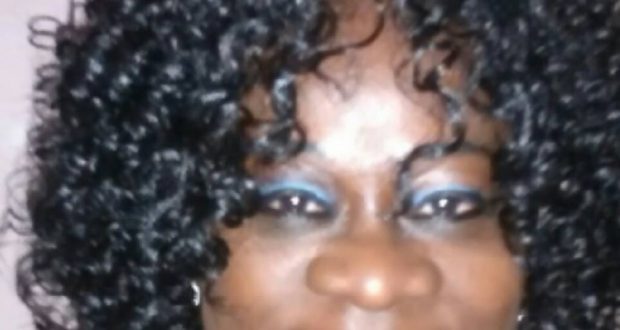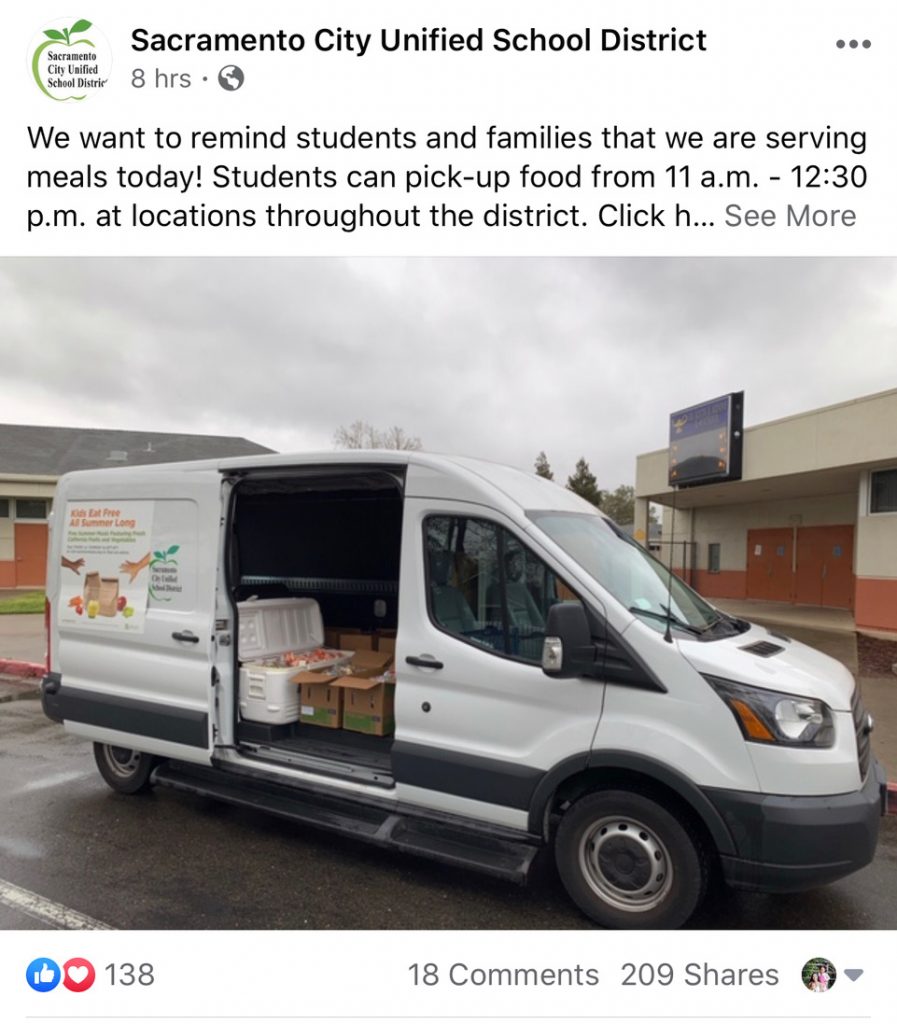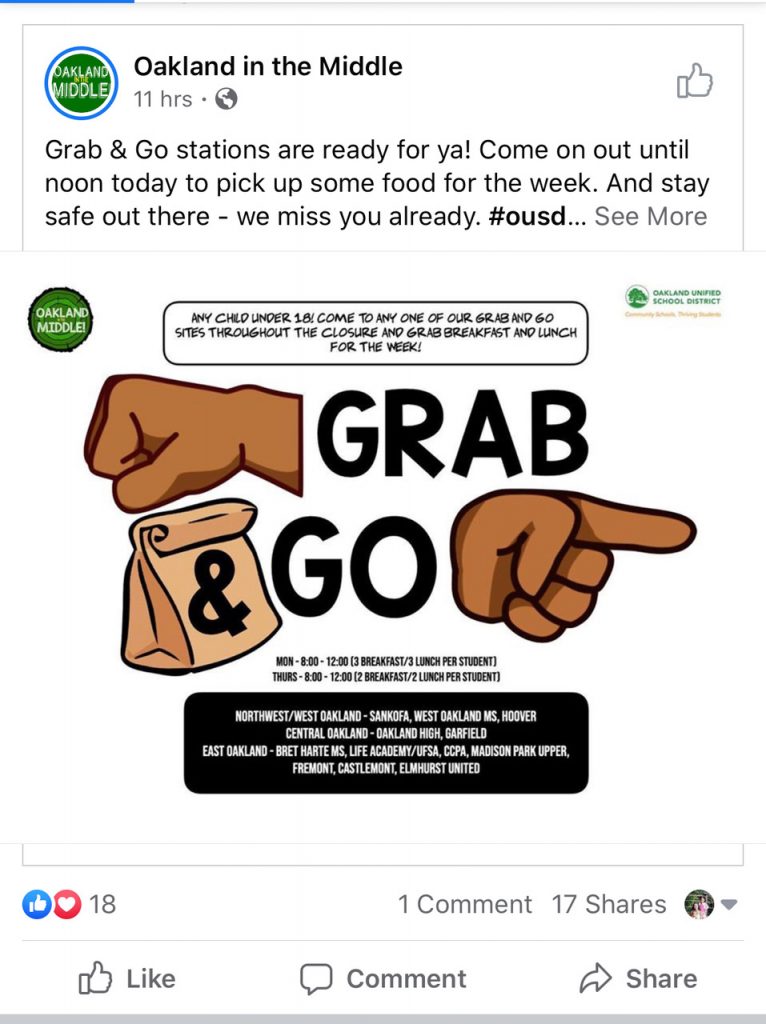By Elizabeth Castillo, CalMatters
In what seems now like another lifetime, in the birthplace of California wine production, Angie Sanchez was tasked one day with census outreach in Sonoma. The Latino community organizer decided that standard presentations and handouts wouldn’t cut it. Instead, she reimagined Lotería, a Bingo-like game that’s a staple in many Latino households.
Her version, Censotería, received more than 300 Instagram likes and piqued the interest of census officials in Alabama, Illinois and Texas. The civic participation group that Sanchez works for, the La Luz Center, partnered with the Latino Community Foundation and printed about 500 copies and distributed them throughout the community. The Latino Community Foundation even made Sanchez’s game downloadable for free.
Now, for all of Sanchez’s creativity, it’s unclear whether this colorful game, which is part of the state’s $187.2 million census effort, will move the needle even slightly. As the coronavirus pandemic upends every aspect of life as Californians know it, it is far from clear what, if anything, will help motivate 11 million hard-to-reach Californians to respond to their questionnaires.
In the next few weeks — between moments of panic — residents across the nation will be asked to respond to nine basic questions about their household as part of a decennial population count and respond largely online. State and community organizers are particularly concerned about this year’s survey. California faces powerful headwinds, not only from the mounting threat of COVID-19, the infection caused by the virus, but also from widespread distrust sowed by the Trump administration’s anti-immigration policies, including a failed push to include a citizenship question on the census.

For California, the stakes have never been higher: A low turnout could jeopardize one of the state’s 53 congressional seats, along with billions in federal funding.
No one knows yet how much these developments will impact California’s count but they are widely expected to depress turnout.
“It’s been a challenge because we have to take precautions on how we conduct outreach,” said Melissa Vergara from the San Mateo County Office of Community Affairs.
A major census event the county planned for March 26 will now be a virtual one, she said. San Mateo County has been ordered to shelter in place, and census plans are changing by the day.
The county plans to do more social media outreach. And Vergara said San Mateo County will create a TikTok video to help inform the public.
Nationally, the U.S. Census Bureau has suspended field operations until at least April 1. “Any type of person-to-person contact, that’s what’s being eliminated,” said spokesperson Patricia Ramos.
Presentations from census workers at local churches and town-hall meetings have been suspended. The count of people experiencing homelessness has also been postponed a month. It will now take place from April 29 to May 1.
The bureau has also adjusted how it counts people living in group quarters such as on college campuses, in group homes and in nursing homes.
Census workers are still scheduled to visit homes in late May, and online census operations continue. Nationwide, more than 11 million households had responded to the census as of Wednesday morning. A map of response rates will be available to the public Friday.
Emilio Vaca, a spokesperson for California Complete Count, the state’s own census department, said the state is “shifting toward virtual phone banks, webinars and events where they can continue to give our state’s hard-to-reach communities the information and the support they need to participate in the census with confidence.”
He reiterated that the census can be completed online or over the phone.
On the same day census notices began landing in people’s mailboxes, the governor clamped down on public gatherings in an effort to mitigate the coronavirus outbreak, disrupting months of planned outreach events and door-to-door appeals.
And allies have unintentionally sent mixed signals. Civil rights activists, who spent last year training immigrants to ignore federal agents knocking on their door during nationwide raids, are now encouraging people to open the door to census workers, who are an extension of the federal government.
The Public Policy Institute of California characterizes 29 million Californians at risk of being undercounted. These can be people who are hard to reach because they are homeless, rent, or live in nonstandard housing, such as garages and trailers. They can also be young men who may not respond or children who aren’t properly counted in a questionnaire. Many often lack a reliable internet connection.
Moreover, it’s race and ethnicity. California is a majority minority state. Nearly 39% of California’s population identifies as Latino or Hispanic and there’s concern that government distrust will reduce responses — even among residents with legal status. This year, Jacqueline Martinez Garcel with the Latino Community Foundation said it has been difficult to assure people that census information will be kept private.
“I think historically we’ve thought about non-citizens or unauthorized immigrants as particularly hard to count,” said Sarah Bohn of the Public Policy Institute of California. “But I think there is concern about whether this environment we’re in right now with regard to immigrants, is going to dissuade even legal immigrants from responding — just because of fear or distrust of the government.”
That’s why the state has allocated more than $106 million on census outreach efforts to fund efforts like Sanchez’s Censotería game, according to state census reports. Mercury Public Affairs LLC won a $46 million contract to lead a media campaign. Overall, California is spending more than any other state.
The state aims to make over 100 million “impressions” which will capture who is looking at the content and how they’re consuming it, whether that’s via mobile or desktop. It will assess its success by comparing targeted populations to live census returns. As completed forms come in, the state will allocate more funding to areas with low returns.
“It’s really critical to get it right,” said Bohn.
California residents benefit from dozens of federal programs, including Medicare, Medicaid, affordable housing and funding for roads, school lunches, early childhood education and foster care. Andrew Reamer, research professor at George Washington University, estimates California receives $172 billion in federal money based on its population.
County and state organizers are now pivoting to social media outreach and ramping up a digital ambassador program, a group of preselected online influencers including actor Danny Trejo, mixed martial artist Urijah Faber, and Sacramento Kings basketball player Harrison Barnes. Beyond celebrities, ambassadors include activists as well, such as Rian Buhacoff, who advocates for queer and disabled rights.
 Westside Story Newspaper – Online The News of The Empire – Sharing the Quest for Excellence
Westside Story Newspaper – Online The News of The Empire – Sharing the Quest for Excellence



